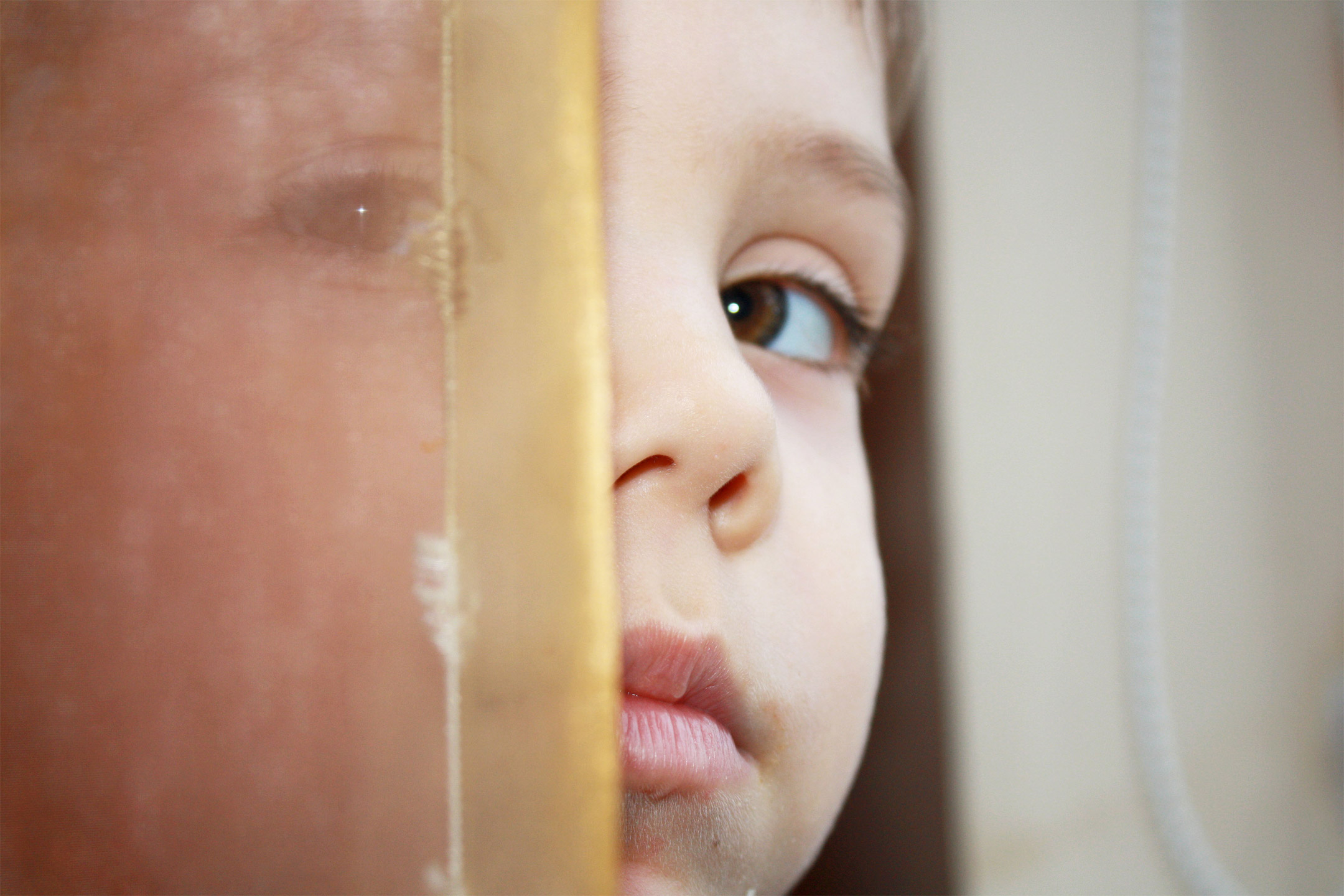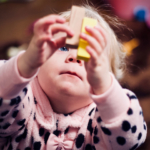
06 Feb Growing Pains in children
If your child has aches or pains in both legs and perhaps also in the arms, which occur in the evenings or nights, these may well be growing pains or nocturnal limb pain syndrome, writes David Champion.
While various aches and pains in children are sometimes dismissively referred to as “just growing pains”, there is an important definable condition that goes by this name, and it might help your child if a firm diagnosis is made. Even though it has nothing to do with growth, the term ‘growing pains’ has been used for 180 years and has stuck. The term has also moved into the general English lexicon, being applied to problems in the early development of an organisation or process.
Typically, affected children range in age from three to 12 years. In a population survey conducted in South Australia, 37 per cent of children aged four to six years had at least some features of growing pains.
A common scenario is that of a child who might be active, even excessively so, during the day and then, at night, experiences pain along the legs and gets quite distressed by it. The doctor usually finds no abnormality on examination and, unless he or she is familiar with the disorder, might embark on X-rays and other tests, the findings of which will all be normal. There has been no evidence of underlying pathology, no defined disturbance of muscles, bones or joints, no vascular disorder and no inflammation.
So, what do we know about the condition? Brothers or sisters and parents may also have a similar history, and thus, genetic factors could be relevant. Children with growing pains might have a parent with restless legs syndrome. Some children with apparent growing pains appear to have restless legs syndrome, which is likely to continue into adulthood. Other theories with inconclusive evidence have included flat, pronated feet, excess lead in the system, overuse (similar to repetitive strain injury in the arms), and bone fatigue. In view of the uncertainty, psychological factors have been suggested to play a role in the condition (and, if you think about it, the mind processes all pains and, so, all pains must have a psychological component). However, no convincing evidence for a primary or major psychological influence has been found.
In a study of school children, episodes of limb pain were reported to have similar trigger factors, associated symptoms and relieving factors to episodes of headache in children with migraine.
Growing pains may be a so-called neuropathic pain syndrome. Not neuropathic pain resulting from pathology or damage in the spinal cord or brain; not necessarily neuropathic pain resulting from pathology or damage of the nerves of the limbs; rather, what may be termed neuropathic pain of ‘dysfunctional type’ such as fibromyalgia, tension headache or migraine. In such conditions, subtle disorders of nervous system function are still being researched, rather than diseases that can be shown on X-rays, MRIs or nerve conduction tests.
This benign category of neuropathic pain forms the basis of the research question tested by the Pain Research Unit at Sydney Children’s Hospital. The idea is supported by the link to restless legs syndrome and by evidence to date that applied pressure to the deep tissues of the legs is experienced as more painful than normal.
The determination that growing pains are a neuropathic pain disorder will provide an important new research direction about their cause and will open up different and improved methods of prevention and treatment. In the meantime, some benefits can be achieved from massage, paracetamol and cutting back on excessive running, sporting, or dancing activities.
Note: This article provides general health information and in no way constitutes medical advice. Ideas and information expressed may not be suitable for everyone. Readers wishing to obtain medical advice should contact their own doctor.



